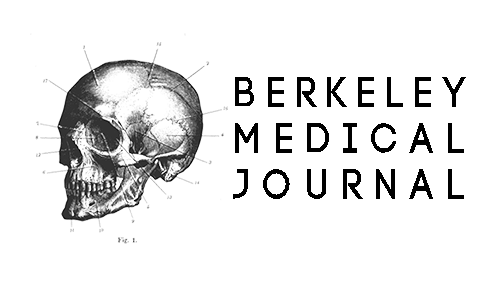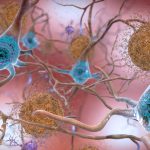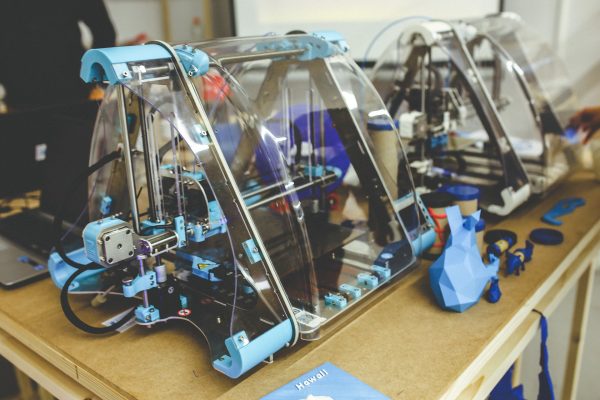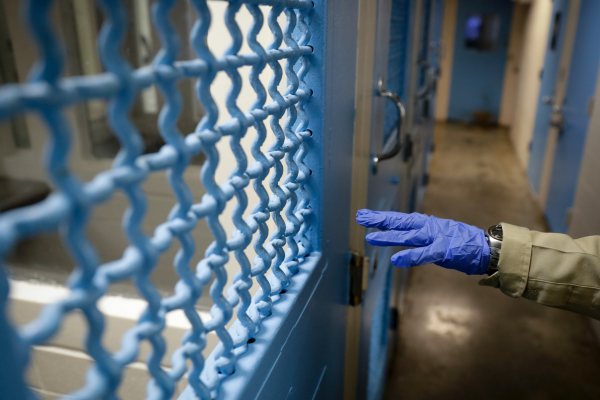by: Gianna Mousalimas
Imagine a library filled with trillions of books. Now, imagine that same library shrunk down so that it could slip into a small test tube. This phenomenon may seem unattainable, yet scientists have indeed achieved a DNA “library” that contains trillions of molecules. Even more incredible is that this library is frozen and actually housed inside of a test tube. These DNA libraries aid pharmaceutical companies in finding potential drugs that can identify and latch onto certain disease-causing proteins. Such a method of identifying diseases and subsequently eradicating them can revolutionize the medical and pharmaceutical industries.
Previously, High-Throughput Screening (HTS) has been the only method available to identify potential drugs. This process starts with researchers pitting their massive libraries against a target protein in what can be compared to a wild goose chase. Protein and compound are mixed in the hopes that they will bind together. Compounds are then added to secularized wells that contain the protein target and watched to assess their effectiveness at diminishing growth of the identified disease. Robotic equipment tests millions of chemicals in an expensive, time-consuming, and not always accurate approach. However, with the discovery of new DNA technology, researchers can efficiently and inexpensively identify effective drugs against specific diseases.
Medicinal chemists discovered that by barcoding the DNA of chemical compounds, they could increase the odds of matching effective compounds to battle diseases. This discovery, proposed by Sydney Brenner and Richard Lerner of the Scripps Research Institute in 1992, has grown rapidly. The two scientists discovered that once the DNA is barcoded, it allows a quicker and more time-efficient method of combining all of the DNA-tagged small molecules into a condensed mixture. You can then introduce the target protein and identify which compounds bind to the target. Rather than laboriously testing each chemical’s reaction to a protein, barcoding allows a group of molecules to be tested against one target protein. This makes the discovery and testing process more efficient.
Other biotech firms have now added a new twist to the DNA tag. They did not stop at simply identifying the compound; they were then able to use the DNA tag as a template to produce the said compound. David Liu, a Harvard chemist, developed a ‘DNA-templated approach’ to build a library of circular molecules known as macrocycles. Due to their larger, circular size, these macrocycles are able to better connect to the target, thus allowing for more accuracy in identifying matches. Through a series of sequences, the tagged DNA transfer from bound blocks to circular rings, forming a particular and unique barcode. The advantage in using these DNA templates is that because scientists know for the beginning what compounds they are creating, they can then remove compounds from their libraries that have been tagged erroneously, which ensures a higher degree of confidence in the matches between targeted proteins and chemicals.
Liu’s library contains 14,000 templates and has already identified a problem over which researchers had struggled with for decades. His team discovered a small molecule that could block an insulin-degrading enzyme (IDE), linked to type 2 diabetes. This discovery led to other IDE inhibitors, which allowed for the discussion of newer and more effective drug developments.
While DNA libraries will not entirely replace the HTS process due to the inability to synthesize some compounds, they are in high demand to quickly identify chemical structures that might bind to challenging targets such as ubiquitin ligases. DNA-coded libraries continue to expand. They promise to find, quickly and cost-efficiently, cures for diseases to eradicate infectious diseases and life-threatening ailments.






